Do you want to try kayaking for the first time but dislike the idea of getting soaked?
Some people prefer to enjoy the beauty of the water without being immersed in it.
If this sounds like you, then you don’t have to opt out of kayaking just because you want to stay dry.
You might also prefer to avoid getting wet if the weather is cold enough to make you uncomfortable or cause hypothermia.
The amount of water that you are exposed to when kayaking depends upon many different factors.
For the most part, you’ll want to start by thinking about where you plan to kayak.
Naturally, kayaking in the ocean with high waves is bound to get you wetter than paddling on a placid lake.
Fortunately, you have many options for decreasing the amount of water that you are exposed to, and learning a few of the top techniques for keeping dry can help you avoid having to change your clothes after an exciting trip.
- Should I Expect to Get Wet When Kayaking?
- Why Do Kayakers Get Wet?
- Will Only My Arms or Torso Get Wet?
- Is Getting Wet While Kayaking Normal?
- Does the Type of Kayak Influence How Wet I Get?
- Does My Paddle Play a Role in How Wet I Get?
- How Do I Stop Water From Running Down My Paddle Shaft?
- Does My Paddling Technique Influence How Wet I Get?
- How Do You Not Get Wet When Kayaking?
- How Do I Enter or Exit My Kayak Without Getting Wet?
- How Can I Stop Dumping Water In My Lap?
- I’m Getting Soaked When Kayaking – What Am I Doing Wrong?
- Conclusion
- You Might Also Like…
Disclosure: this post contains affiliate links (clearly marked with ), which means we may earn a commission if you buy something through them, at no additional cost to you.
Should I Expect to Get Wet When Kayaking?
Kayaking is a watersport, which means that you should go into it knowing that getting wet is always possible.
With that being said, you’ll occasionally find kayakers who somehow manage to finish a paddling trip while staying fairly dry.
If being soaked isn’t in your plans for your next adventure, then you’ll need to make an effort to keep dry.
It is also a good idea to bring a towel along with an extra set of clothes in case you do get wet on accident.
As with many outdoor adventures, being prepared for anything helps you to stay safe.
Why Do Kayakers Get Wet?
There are several ways that you can get wet when kayaking.
The most obvious way would be by getting splashed as you travel through choppy waters.
Kayaks sit fairly low in the water, which means that there is often a chance that a wave could splash you.
Your paddle can also get you wet. Kayakers sometimes find that the water runs down their paddle shaft.
An improper paddling technique can make this problem worse, but there are ways to avoid having your arms get soaked.
You can also get wet if you fall out of your boat or capsize.
This is more likely to happen if you are traveling through rough waters or if you try to stand up on a sit-on-top style kayak.
Practicing how to balance yourself in the kayak is important if you prefer to stay dry.
At the end of your trip, you still have the possibility of getting wet.
Usually, this happens if a kayaker picks up their kayak before it is completely dry.
Will Only My Arms or Torso Get Wet?
Your arms and torso are most likely to get wet from paddling, but those aren’t the only parts of your body that can get soaked.
Some kayakers find that water splashing into their kayak can quickly get their lap and legs wet.
You might also find that getting in and out of your kayak at the shore exposes your feet and ankles to water.
If this is a concern, then don’t worry. There is a technique that you can use to protect your lower body from getting wet during launches.
If you capsize, then any part of your body that isn’t covered by waterproof materials can get wet.
Is Getting Wet While Kayaking Normal?
It is pretty normal to get wet while kayaking, but there are definitely degrees to which you might consider it common to get wet.
For example, it wouldn’t be very normal to get completely soaked when you are paddling gently around a quiet lake.
On the other hand, it would be considered fairly normal to be soaking wet at the end of a whitewater kayaking trip if you don’t dress to stay dry.
Does the Type of Kayak Influence How Wet I Get?
The different kayak styles can potentially have an impact on how wet you get.
Sit-in style kayaks naturally keep you drier because more of your body is covered by the boat.
Sit-on-top kayaks are known for being the wettest style to paddle in because your body is completely left open to being splashed by waves and hit with paddle drips.
Does My Paddle Play a Role in How Wet I Get?
The paddle length and general design both play a role in how wet you might get.
High-performance paddles often have grooves that are designed to help you get the most force out of each stroke.
Serious kayakers find this beneficial, but people who kayak recreationally don’t always like how the grooves help the water to travel down the shaft.
If performance isn’t your biggest concern, then switching to a paddle without these grooves can reduce the amount of water that gets on you and in your boat.
You can also search for a flatter paddle. Some of the high-performance ones are concave, which can act like a shovel scooping up the water as you paddle.
How Do I Stop Water From Running Down My Paddle Shaft?
Hardcore whitewater kayakers might have very few ways to avoid getting soaked after they soar over a waterfall, but that doesn’t mean that everyone is fine with having water dripping down their arms.
Many leisurely kayakers prefer to avoid that uncomfortable feeling that comes from having water drip down their arm and soak their armpits and torso.
Drip rings are rubber attachments that fit over the shaft of your paddle.
Many newer paddles already have drip rings attached, but you can also add them on if yours lacks them.
The concept behind a drip ring is that it catches the water and causes it to run off before it runs down the shaft.
Keep in mind that there is a technique to using these right. You’ll want to make sure to place the drip rings at the ends of your paddle where they are still above the waterline.
If the rings dip into the water, they can scoop it up. Holding your paddle at a lower angle also helps the drip rings to work better.
Does My Paddling Technique Influence How Wet I Get?
The paddling technique that you use can help you to stay drier, whether you use drip rings or not.
If you think about how water always runs in a downward direction, then you can already imagine how holding the paddle as horizontal as possible can help you to stay dry.
If you need to avoid getting wet, then choose to kayak in water conditions that allow you to use a low-profile paddling technique such as on a calm lake.
Paddling gently also helps you to avoid scooping up too much water.
If you love kayaking but don’t like getting wet, then taking lessons is a great way to refine your paddling technique so that you can avoid splashing water all over yourself.
How Do You Not Get Wet When Kayaking?
The only sure way to avoid getting wet from kayaking is to cover as much of your body in water-resistant materials as possible.
This is especially important in frigid water conditions where staying dry isn’t just a matter of preference.
Most winter kayakers wear dry suits to prevent hypothermia.
These suits are made from water-resistant fabric that is worn over your regular layers of clothing.
Although they are not foolproof, they give you the best chance of not getting soaked.
How Do I Enter or Exit My Kayak Without Getting Wet?
Entering and exiting your kayak without getting wet is another skill that you’ll want to practice in conditions where it is okay to accidentally get soaked at first.
This is because the kayak is unstable enough to tip over if you step into it or out of it the wrong way.
Most kayakers pull their boat parallel to the shore and carefully get into it by balancing their weight in the center.
You can also use your paddle as a brace to further prevent the boat from capsizing as you climb inside. To exit, you do the same thing in reverse.
Until you get this technique completely down, you might want to have a more experienced kayaking buddy hold your boat for stability.
How Can I Stop Dumping Water In My Lap?
A wet lap is usually caused by one of two things. The first one is scooping up water as you paddle.
This could be considered inevitable if you are needing to use a high-profile technique to maneuver through rapidly moving water.
The other way that your lap might be getting wet is simply from splashing water. In either case, you’ll want to choose to use a sit-in style kayak that allows you to put a spray skirt on top.
A spray skirt is made from waterproof materials, and it fits over and around you in the cockpit. This combined with water-resistant clothing can keep you almost completely dry in even rough water conditions.
I’m Getting Soaked When Kayaking – What Am I Doing Wrong?
The first thing you’ll want to do is look at where the water is coming in.
Do you seem to get the wettest on the top half of your body?
If so, then this is likely to be coming from your paddles.
Try practicing a low-profile technique that reduces how much water falls off of your paddles, or you can play around with the drip rings to figure out the sweet spot for their placement.
If your problem is more that your bottom half is getting wet, then there could be several things going on.
A common issue is water that comes in through the scupper holes. These holes are meant to help your kayak drain, but they can also let water inside.
This is most likely to happen in choppy water conditions or if the kayak is weighed down enough to make it sit lower in the water.
You can plug the scupper holes if you feel like they allow water to enter the kayak.
Keep in mind that this can sometimes lead to more water accumulating in the boat from splashes and drips.
This is another strategy that you’ll have to experiment with and use your best judgment given the water conditions and amount of equipment that you are bringing along.
Many kayakers bring along a bilge pump.
These can suck up any water that accumulates in the cockpit and shoot it back out.
Sponges are another handy thing to pack in your boat. These work great for removing water that starts to pool on sit-on-top kayaks.
Conclusion
Like many sports, some people prefer to go all-in and accept that intense water conditions and high-powered paddling means that they will get wet.
For others, it is better to hop in the kayak for a leisurely ride and end up still dry enough to enjoy their favorite activities on land.
Whichever part of the spectrum you fall on, just take precautions.
You can never go wrong with bringing a change of clothes and dressing for the weather conditions.
Having what you need to get comfortable if you do get wet is the best way to end every kayaking session on a good note.
You Might Also Like…
-
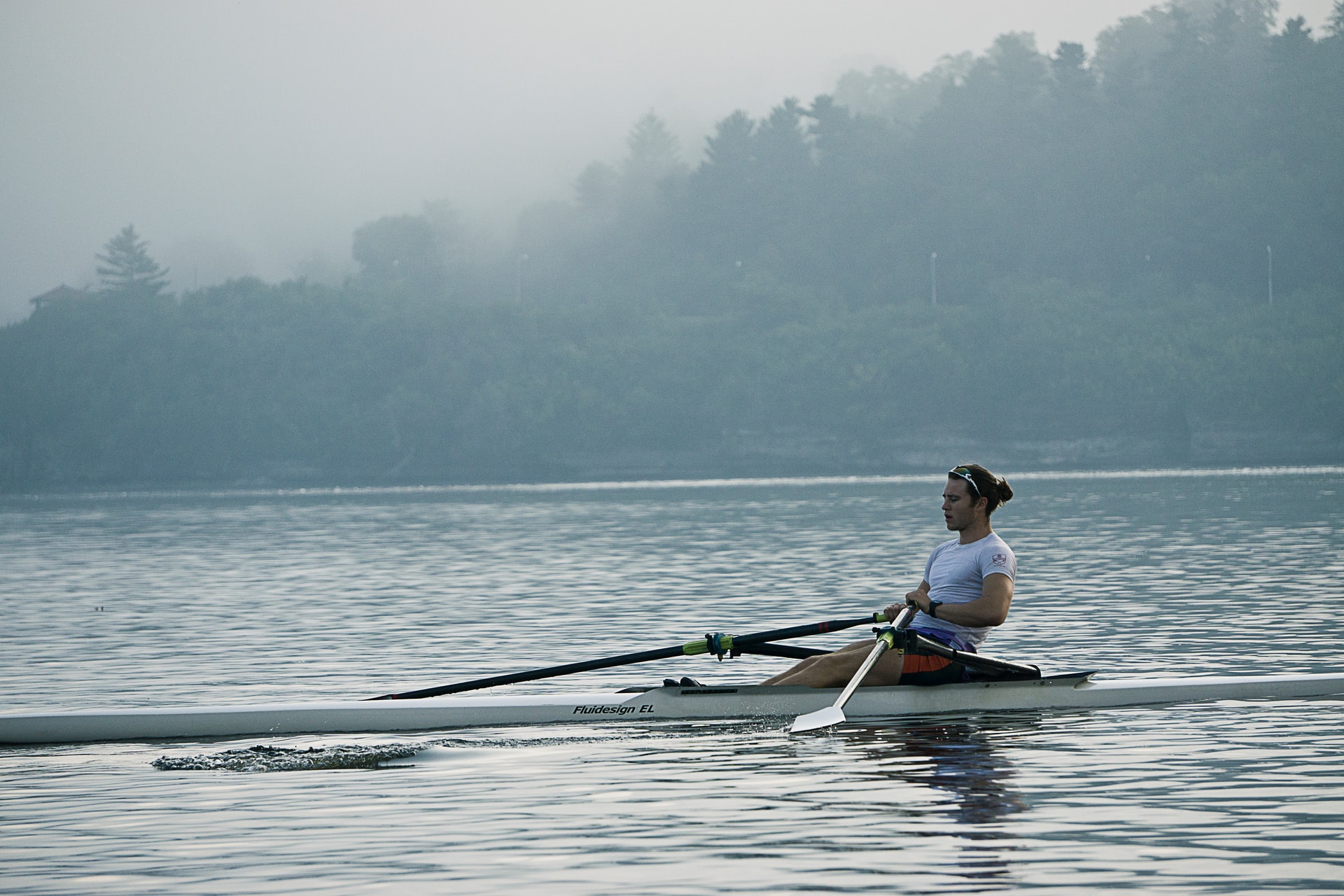
Kayaking Vs. Rowing: What’s the Difference? (8 Key Differences)
-
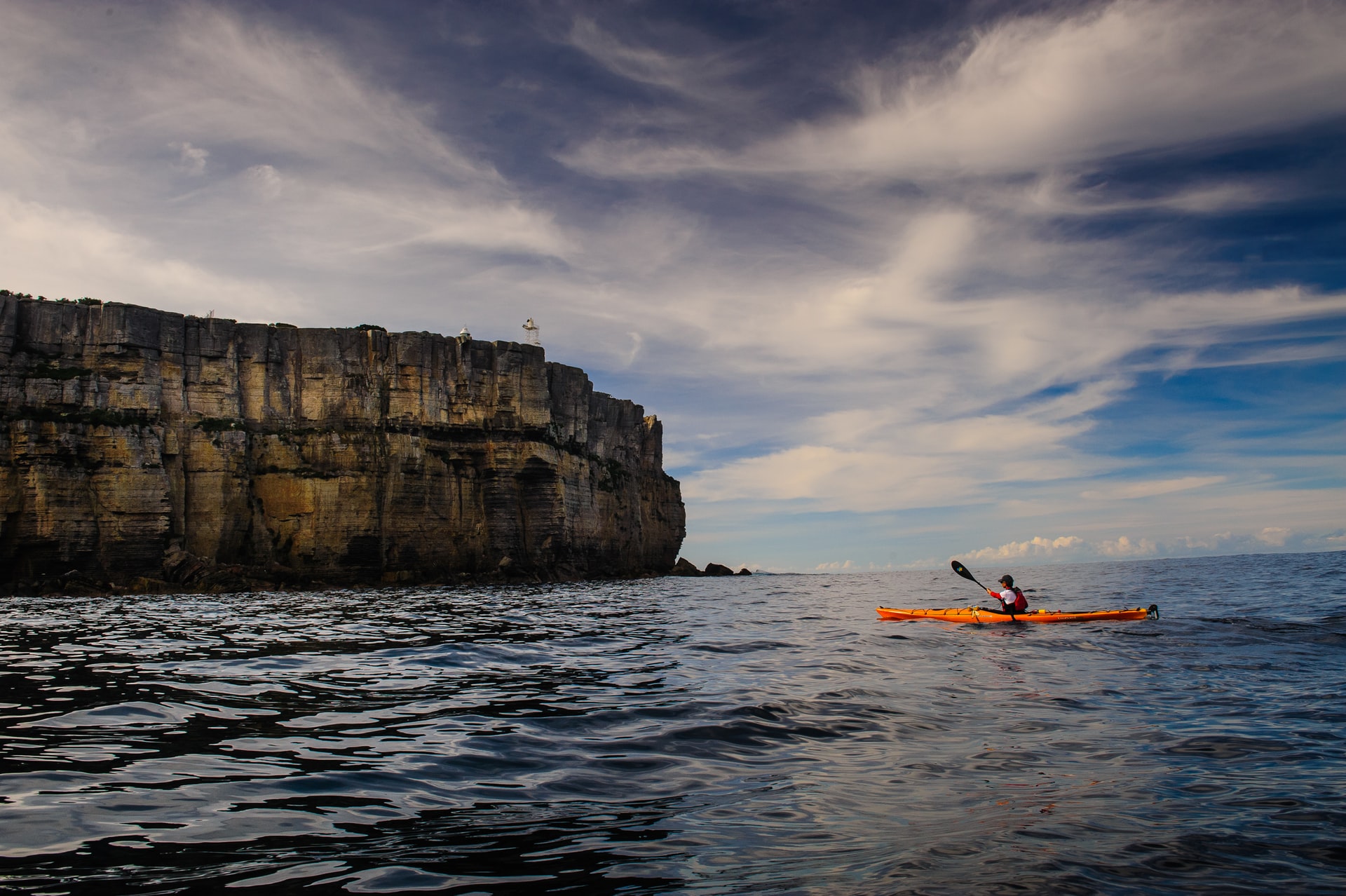
When Is It Too Windy for Kayaking? (Crucial Facts You Should Know)
-
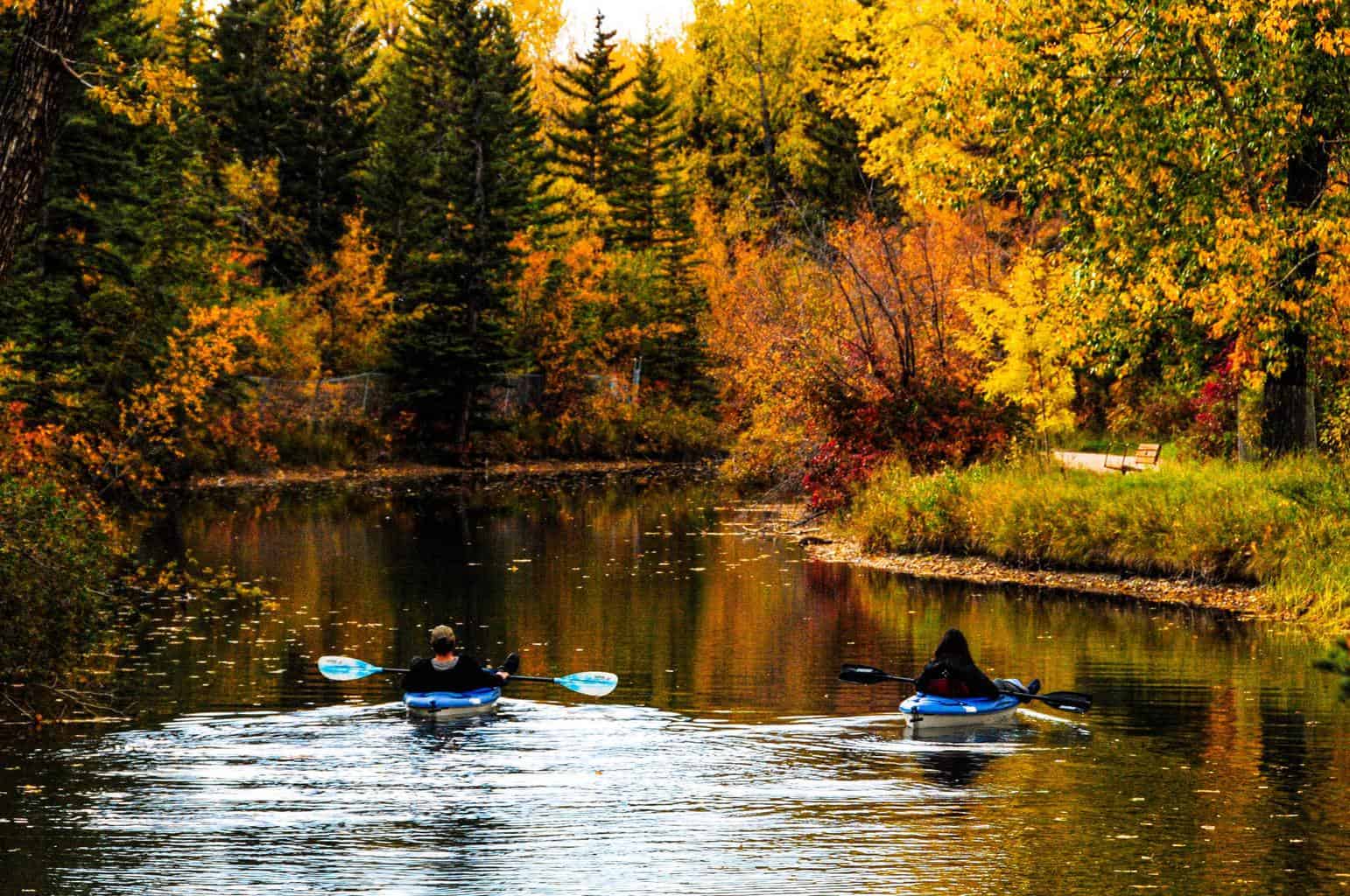
When to Go Kayaking? (What Every Kayaker Should Know)
-
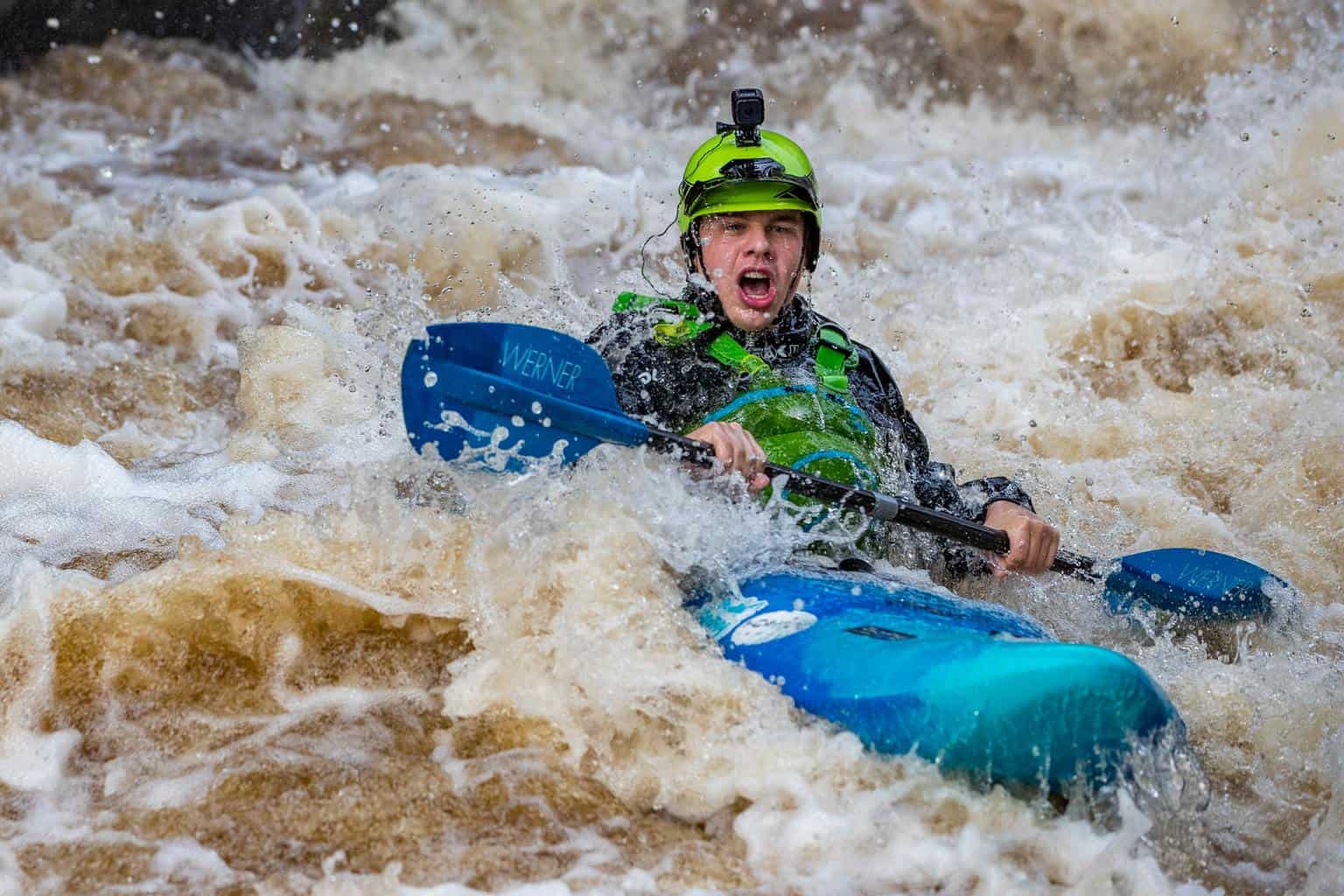
Will I Get Wet Kayaking? (Common Reasons & How to Stay Dry)
-
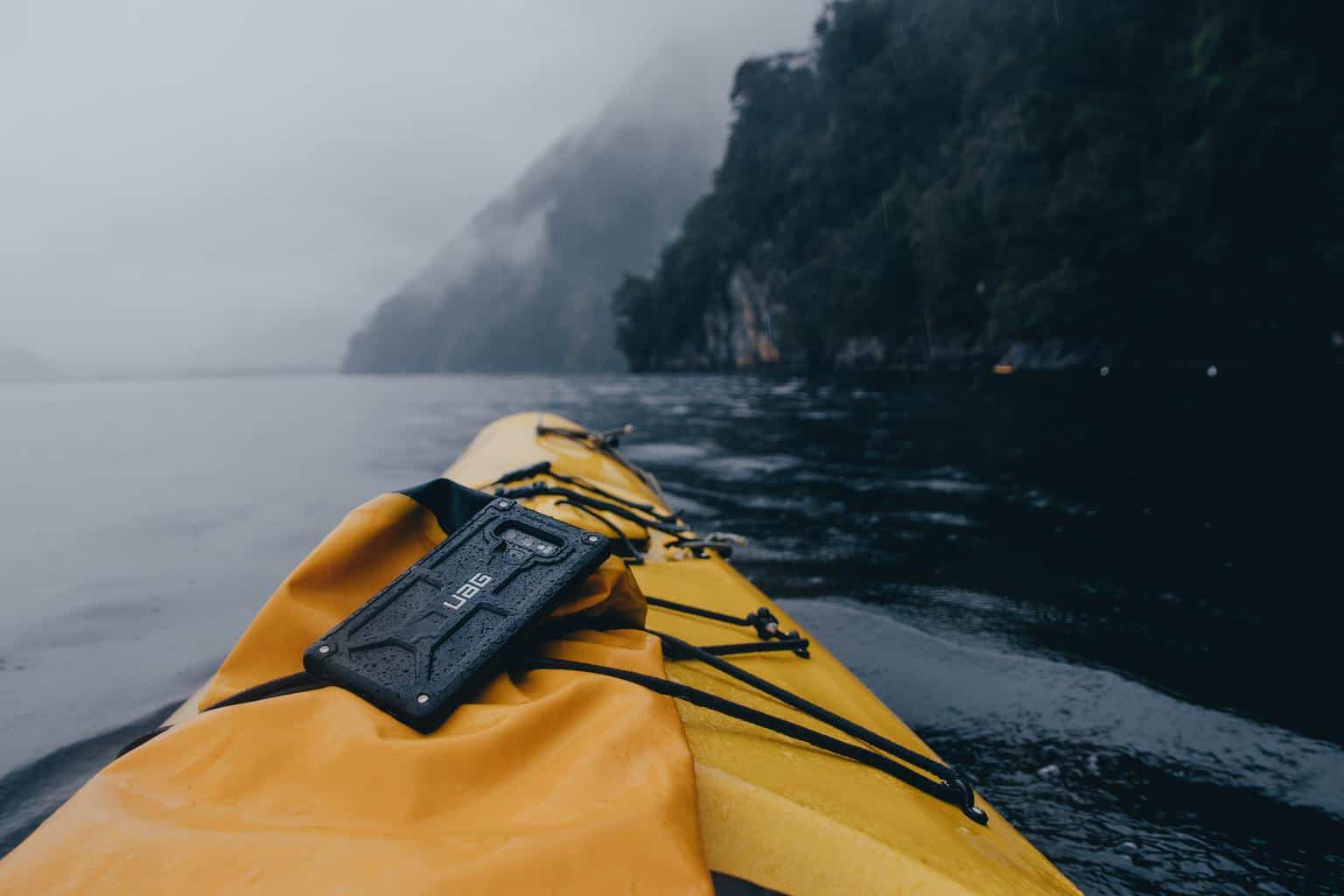
Should I Bring My Phone Kayaking? (7 Good Reasons)
-
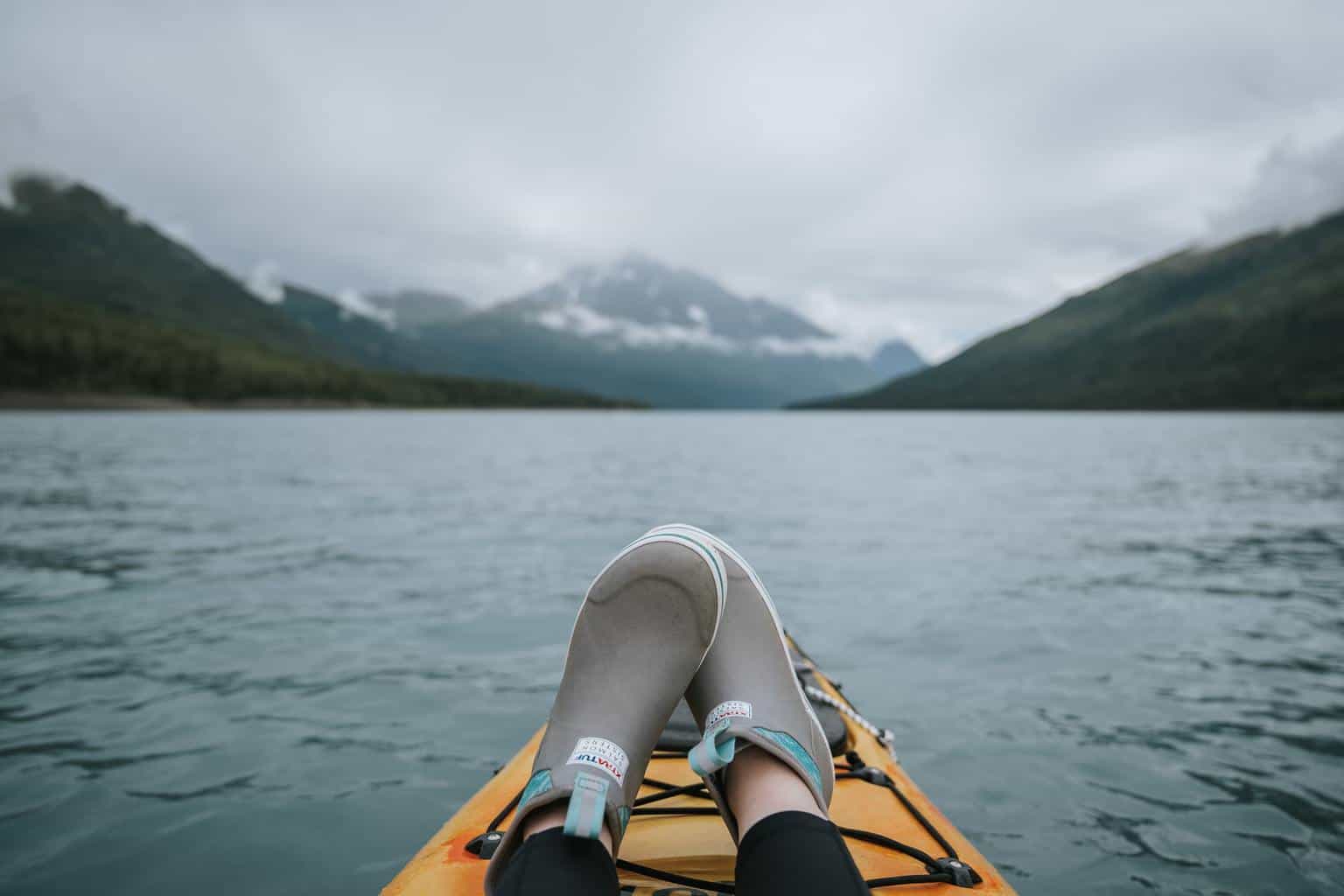
What Shoes to Wear Kayaking? (+ the Best Shoes for Your Needs)
-
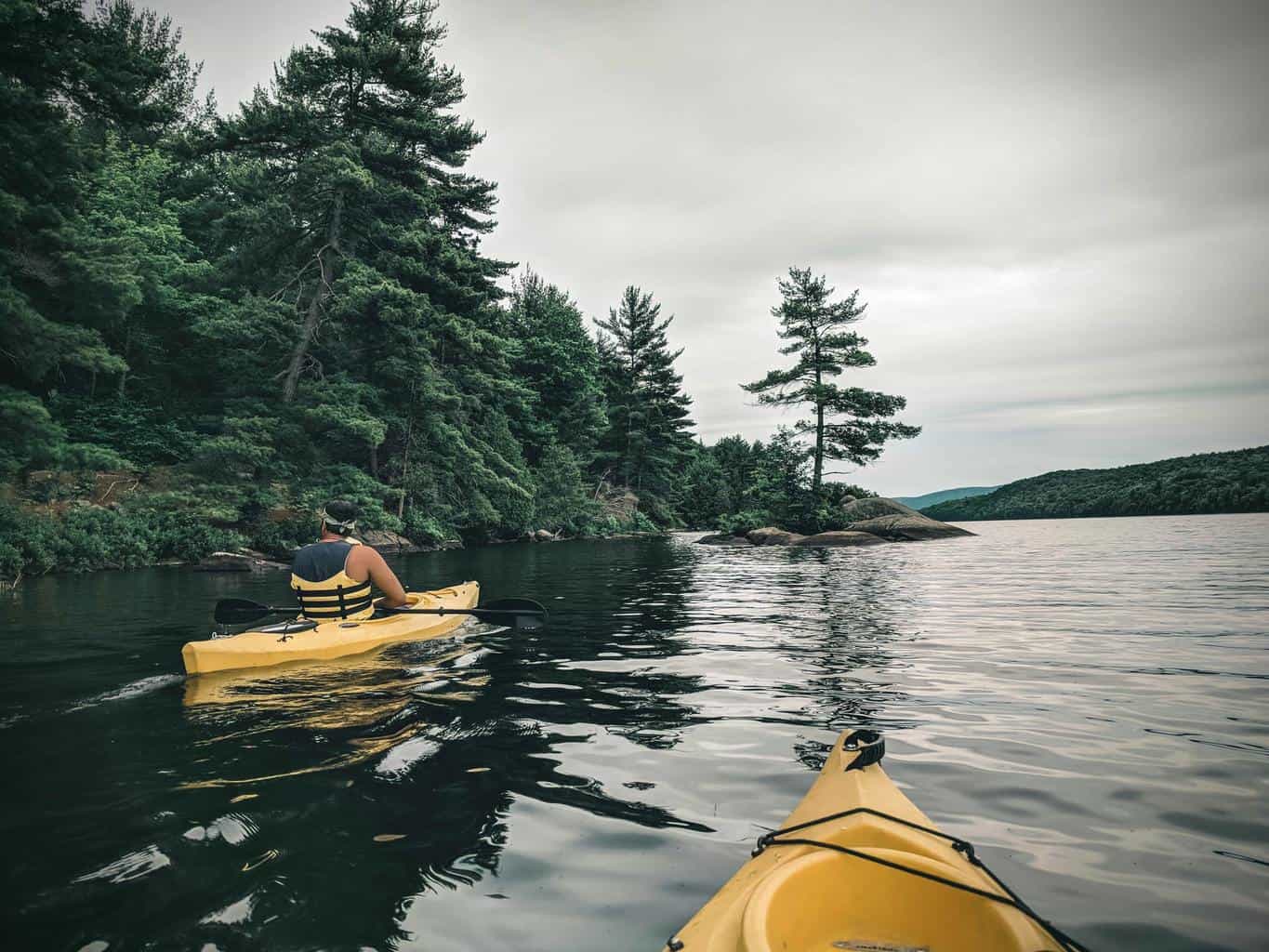
Can Kayaking Cause Chest Pain? (What Every Kayaker Should Know)
-
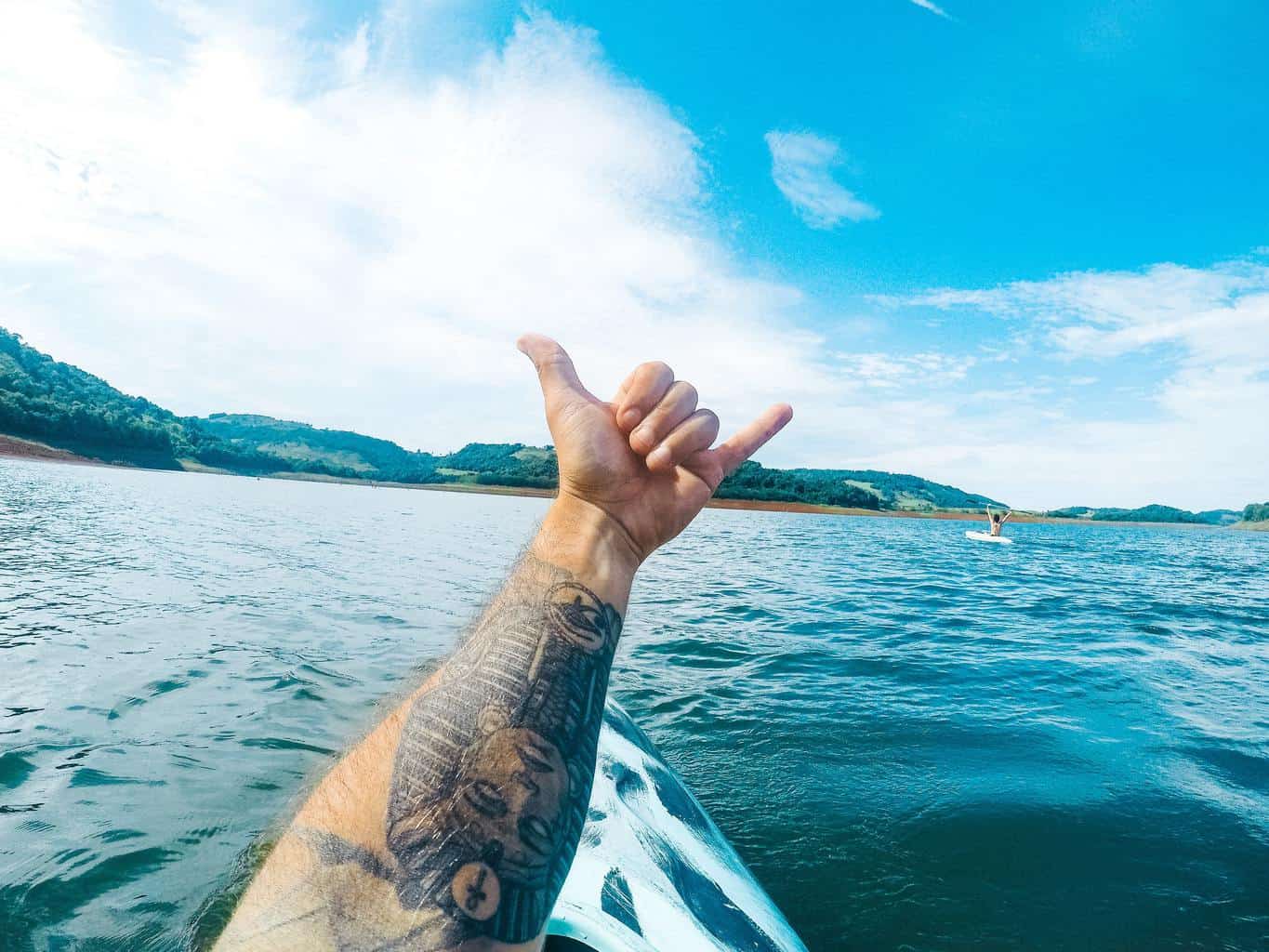
Can I Go Kayaking With a New Tattoo? (Facts You Should Know)
-
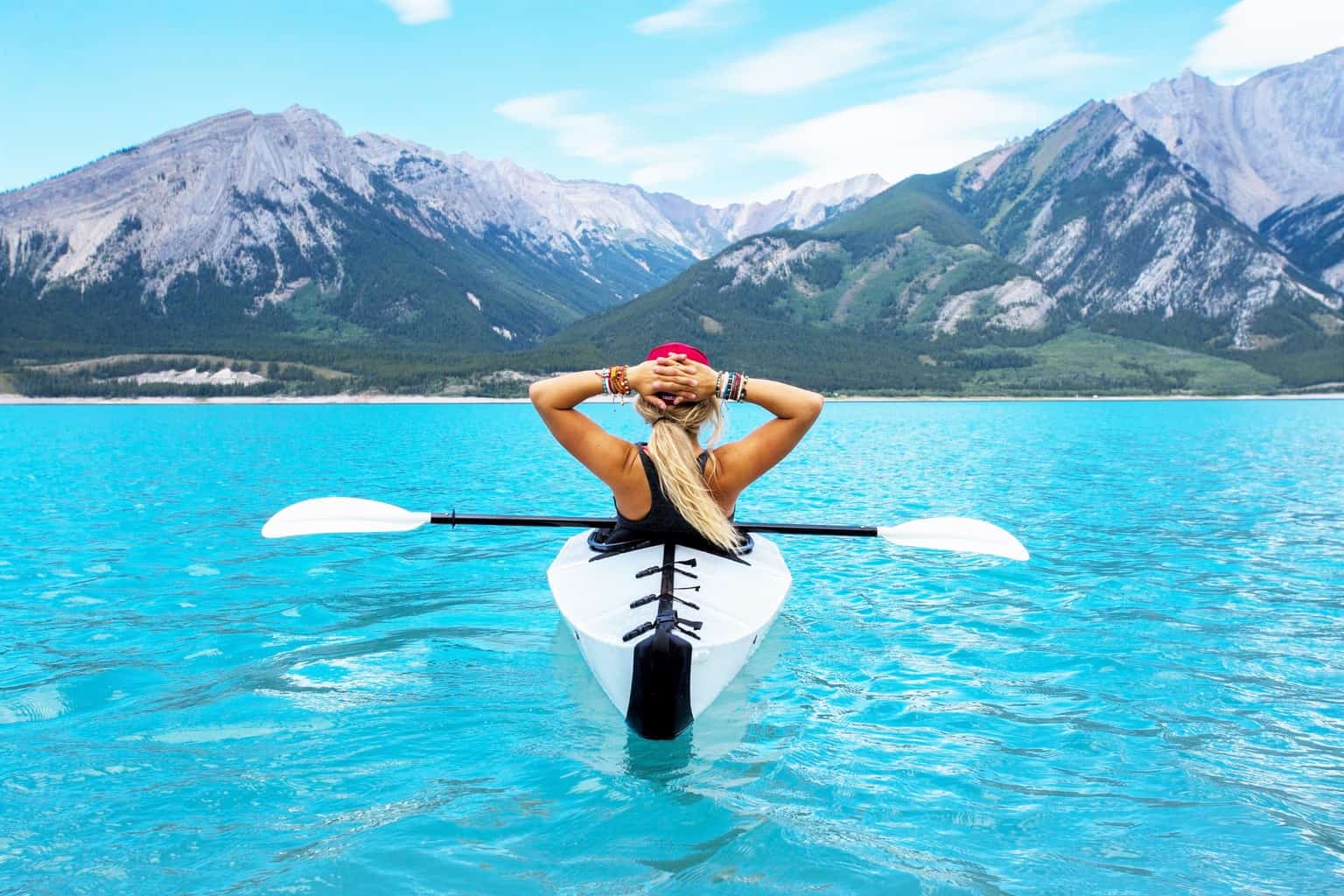
Can You Go Kayaking On Your Period? (+Practical Tips)
-
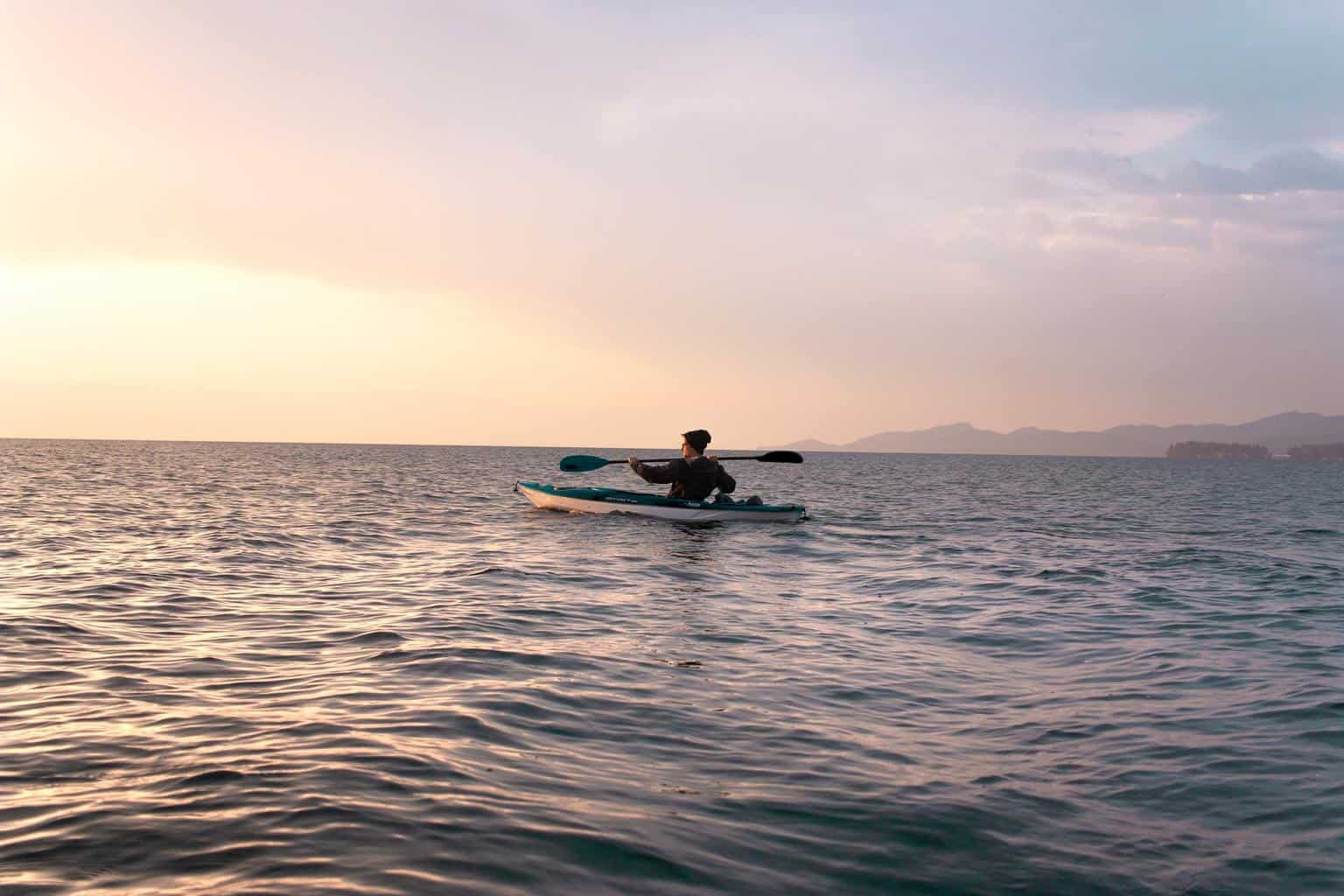
Can Kayaking Cause Hemorrhoids? (What Every Kayaker Should Know)
-
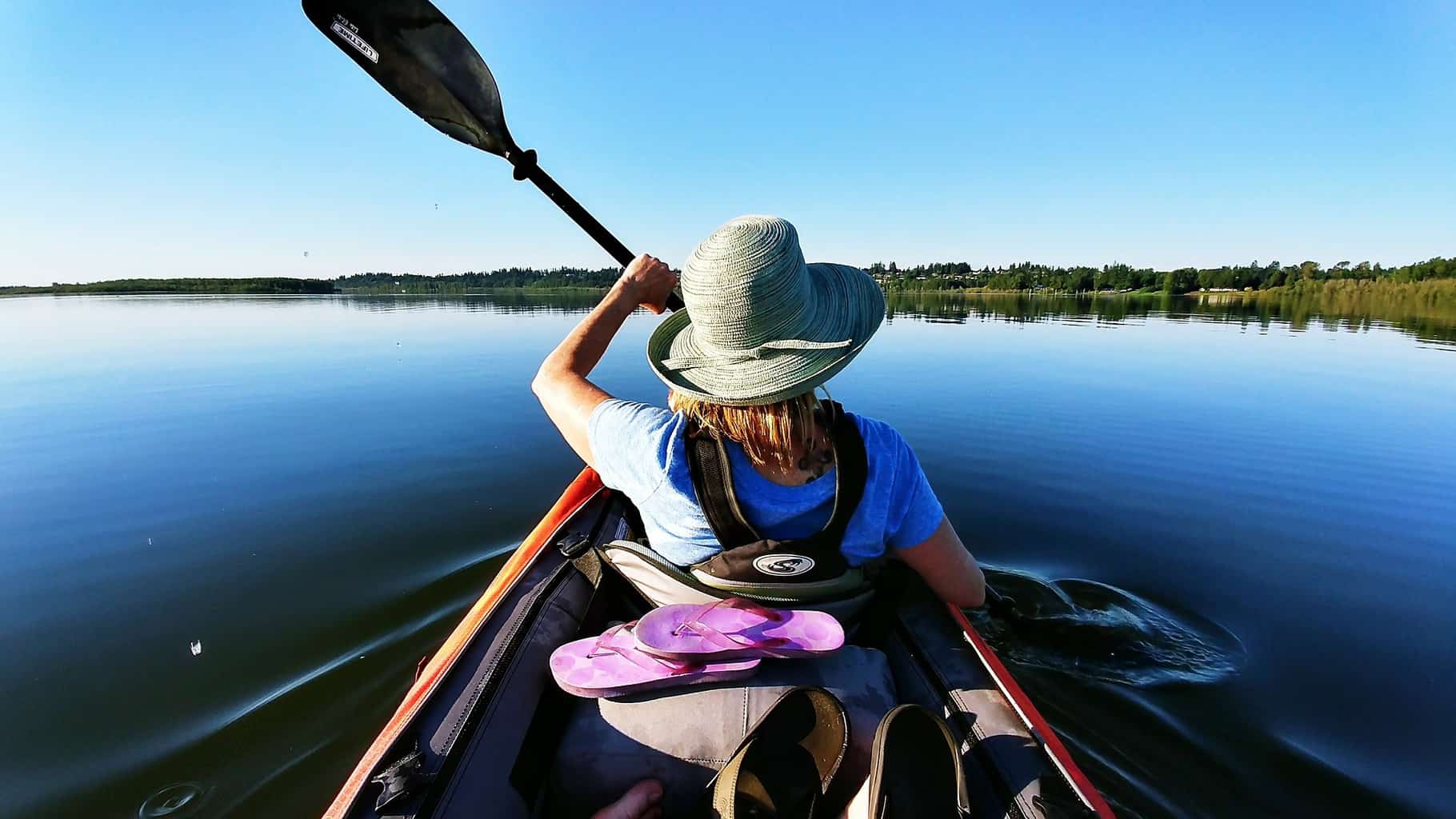
Can Kayaking Cause Tennis Elbow? (+8 Simple Tips to Avoid It)
-
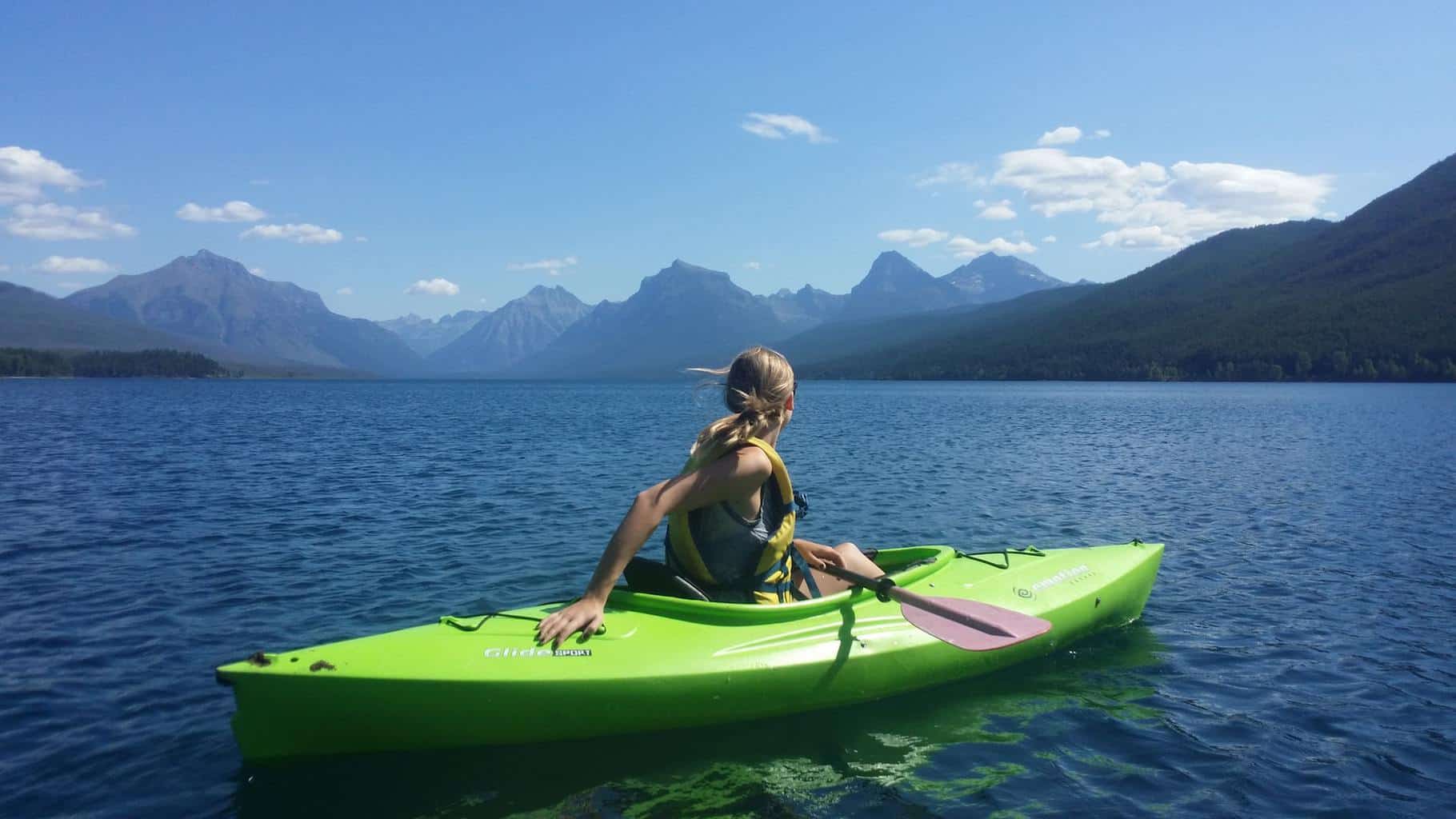
Can Kayaking Cause Sciatica? (+7 Tips to Avoid It)











